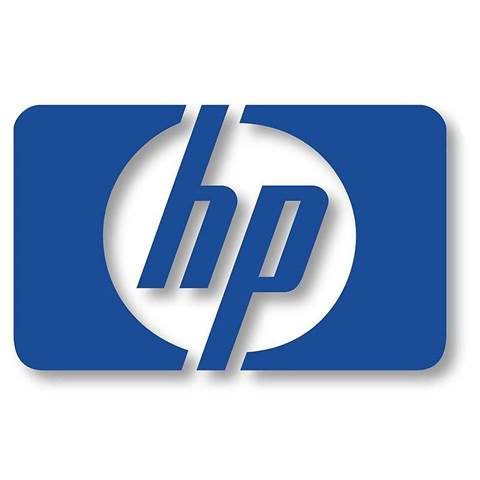Speaking at an HP workstations event this week in Los Angeles, Phil McKinney, chief technology officer of the Personal Systems Group at HP, said that touch is not the "magic answer to everything", and will not replace the keyboard and mouse.
"The fact I have to reach over to use the screen, you can do that for a certain amount of time but then you revert back to the mouse and keyboard," he said. "Touch as the only point [of contact] starts to have some challenges. Typing on glass is like banging your fingers on granite."
Regarding Microsoft's entry into the market with its Surface PC, McKinney was quick to point out that HP developed its own version of a table-top PC in 1999, although it was not until 2002 to 2004 that the firm went public with the details.
Misto featured a computer built into a coffee table or dining room table, but HP struggled to find much interest either in the commercial or consumer spaces.
"You don't want a table that, three or four years away, the technology will be out of date and it's just a piece of glass," McKinney said.
Despite the view that touch has limited uses, HP is investing in research around the technology, including an HP Labs team in India focusing solely on touch and gesture. The intention is to develop a computer that can be controlled without the need for physical contact via a keyboard or mouse.
"The keyboard is a hugely intimidating factor for some users," McKinney said. "It's like a secret language and you have to be on the inside of the club to understand it."
He cited the 'Break' key on the keyboard as an example of a feature that not many users would understand.
But gesture-based computing has its own challenges.
"In certain countries it's not socially acceptable to point with your finger," McKinney explained. "Our research has been going around the world and asking users to do certain things."
The results of this research will be used as the basis of new touch devices, he added.
McKinney rounded off his presentation with a look at HP's Firefly laptop, unveiled in January, which aims to offer a full-performance desktop in a laptop form factor. Its features are akin to those of a desktop, including a quad-core processor and 17in display, but its 5.9kg weight makes it difficult to describe as portable.
HP has built 60 of these laptops, but is not planning to release them, according to McKinney, who added that in their current form the price tag would be between US$2,200 and $2,400.
Touch-screens are not the future of computing, says HP
By
Madeline Bennett
on Mar 27, 2009 3:28PM

Got a news tip for our journalists? Share it with us anonymously here.
Partner Content

Tech Buying Budgets for SMBs on the Rise

Channel faces AI-fuelled risk as partners lag on data resilience, Dicker Data summit told

Tech Data: Driving partner success in a digital-first economy
_(11).jpg&h=142&w=230&c=1&s=1)
The Compliance Dilemma for Technology Partners: Risk, Revenue, and Reputation

Shure Microsoft Certified Audio for Teams Rooms






.jpg&w=100&c=1&s=0)
_(8).jpg&w=100&c=1&s=0)









